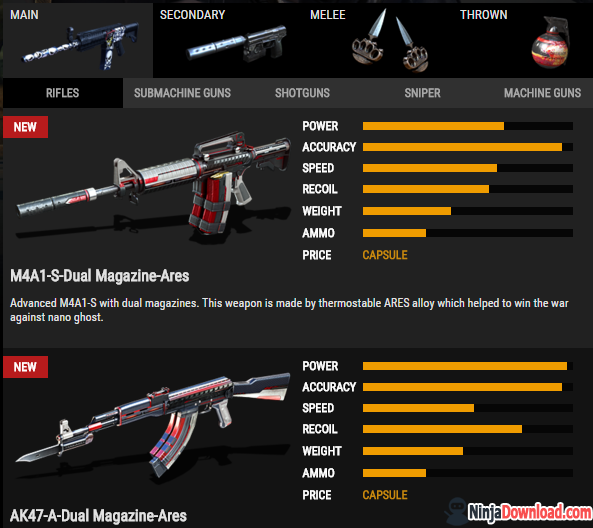Compiling from source code requires some additional files to be downloaded.

Crossfire.real-time.com / clients / Mac OS X - X11, Intel IMPORTANT: If you are running Mac OS X 10.4 (Tiger) or older, then the following instructions can work for you. Otherwise, for Mac OS X (all versions), the JX Client is the recommended client option. So, not only would Crossfire not enable under Windows 8.1 on my Mac Pro in Boot Camp. But Windows started crashing massively. I was about to wipe Boot Camp entirely and try a clean install (even though the only three things I'd installed were Windows itself using Apple's exact instructions, Steam, and Skyrim), but decided in a last ditch effort to try disconnecting and reconnecting.
- You should have Subversion installed by default. You can check with this command in a Terminal.app window: svn –help
- Run Subversion to download the latest snapshot of the client source code.
- For trunk: svn co https://crossfire.svn.sourceforge.net/svnroot/crossfire/client/trunk client.svn
- For branch/1.x: svn co https://crossfire.svn.sourceforge.net/svnroot/crossfire/client/branches/1.x client.svn
- For 1.10.0 release: svn co https://crossfire.svn.sourceforge.net/svnroot/crossfire/client/tags/1.10/ client.svn
- Download http://ethan.tira-thompson.com/Mac OS X Ports_files/libpng (universal).dmg the libpng individual installer
- Double click the .dmg package and follow the on screen prompts and instructions
- Change directories to client.svn and run the following commands:
- export CFLAGS=“-ggdb -g -O0”; ./autogen.sh –prefix=${HOME}
- make
- You can now run the clients via the command crossfire-client-gtk2, crossfire-client-gtk, or crossfire-client-x11
Mac OS X is Apple's operatingsystem for its line of Macintosh computers. Its interface, known asAqua, is built on a Unix foundation. Although ithas much of the look and feel of the former Mac OS,features such as preemptive multitasking, symmetric multiprocessing,multithreading, and protected memory give Mac OS X improved stabilityand performance. For the current version's system requirements, seeApple's Mac OS XTechnical Specifications.
Currently, four Mac OS X-related products are available:
Crossfire Download Mac Os X

Mac OS X: This is the version most Macintoshowners should use. It is a consumer operating system designed for useon your personal computer. For more information, see Apple's Mac OS X page and Developer page forMac OS X.
Mac OS X Server: This is Apple's server operatingsystem. It is similar to the consumer release of Mac OS X, but alsoincludes a suite of network services, such as a print server, filesharing, QuickTime streaming, NetBoot, and advanced webhosting. For more information, see Apple's Mac OS X Server page.
Crossfire Mac Os X 10 11 Download Free
iOS: Based on Mac OS X, versions of iOS run on theiPhone, the iPod touch, and the iPad. The iOS was designed forhandheld devices, and is much more tightly controlled than otherversions of Mac OS X. Despite their shared origins, applications(apps) developed for iOS are not compatible with Mac OS X, and viceversa.
Mac Os X El Capitan
Darwin:Darwin is the Unix-likefoundation upon which Mac OS X is based. Its code is opensource, and it is available as a stand-alone operatingsystem. Although Darwin will run many Unix applications, including theX Window System, it does not have the Mac OS X interfaceand thus will not run Mac OS X applications. For more information, seeApple's Developer Open Sourcepage.

Comments are closed.